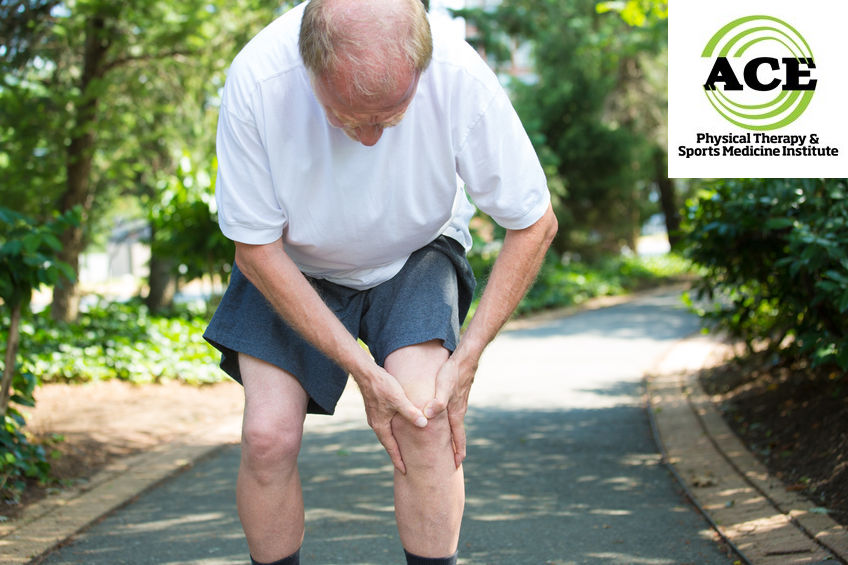ANTIBIOTICS AND TENDON DAMAGE

Tid Bits of Info
- 26 million prescriptions of Fluoroquinolones are written yearly in the U.S.
- Approximately 95% of all tendinopathies associated with Fluoroquinolones occur in the Achilles tendon.
- The FDA first made a “black box” warning on Fluoroquinolones in 2008.
- The FDA changed the warning is 2016 that stated that the side effects associated with Fluoroquinolones might be irreversible.
- Seek the advice and treatment from a Physical Therapist if you experience tendon pain that might be linked to the use of Fluoroquinolones.
Antibiotics can play a key role in fighting serious infection and restoring patients to full health. At the same time, we should use caution in taking and prescribing antibiotics too quickly. Healthcare providers and patients should be aware that the group of antibiotics, Fluoroquinolones (Floxin, Cipro, Levaquin), have been linked to severe tendon damage in a low number of people. While it only impacts a low number of people, it can have far more severe than the “common” tendinopathy. Healthcare professionals should be aware of the serious risks before prescribing this potent drug too often.
To understand the nature of the risk, it will be helpful to develop a greater understanding of tendons. Tendons are made up from thousands of leather-like fibers (similar to leather belts) that have very little elastic property. They attach muscles to the bone and are responsible for transferring the force of the muscle contraction to the bone and cause it to move. If the tendon is over-used it can be damaged and micro tears can occur in tendon fibers. Tendon injuries based on overuse are different than damage based on chemical side effects.
Tendon damage due to the use of Fluoroquinolones can present itself within hours of the administration of the medicine and/or up to 6 months after the drug is no longer being used by the patient. In the U.S. alone, over 26 million people are prescribed Fluoroquinolones. Nearly all of the injuries occur in weight bearing tendons and the Achilles tendon is the most commonly affected tendon. While damage can appear in any group, older people are the most vulnerable. As people age, the tendon tissue becomes less resilient and is more susceptible to damage related to weight bearing activity. When this age group is treated with Fluoroquinolones their weight bearing tendons are highly susceptible to injuries. The severity of the injury does not always correlate with the activity level of the involved person but in many cases an increased activity level can lead to a severe tendon injury.
Athletes and people that exercise on a regular basis need to be educated on the possible negative side effects of taking Fluoroquinolones. These people need to modify their exercise level and athletes might have to “sit – out” for a long period of time. Tendon injuries are difficult to treat with the presence of Fluoroquinolones in their systems. Physical Therapists and other healthcare professionals face a daunting challenge to rehabilitate an injured tendon that has been subjected to the negative effects of Fluoroquinolones.
Treatment of these tendon injuries is different than the standard treatment for most tendinopathies. The standard tendinopathy is usually treated with a host of exercises and modalities. The foundation to the exercise routine is a series of eccentric contraction exercises. This type of contraction is thought to be better at developing a stress and strain on the injured tendon fibers and stimulate a healing response. Unfortunately, if this approach is attempted when the damage to the tendon is due to a chemical reaction to the Fluoroquinolones, the tendon can progressively worsen and possibly experience irreversible damage.
The standard treatment for a chemically damaged tendon requires a very slow and non-aggressive protocol. The tendon must be given a chance to heal from the chemical damage and this might (usually) require total rest, icing and the use of a brace. When the tendon has responded favorably and the pain level has subsided considerably the standard treatment approach to tendon injuries can commence. This standard approach consists of a progressive loading of the injured tendon which helps to stimulate the healing of these injured fibers. Strengthening of the injured muscle and tendon often times takes a significantly longer time to occur when compared to an injured tendon that has not been affected by Fluoroquinolones.
The Physical Therapist can help you rehabilitate your injured tendon. These healthcare professionals can be visited without a doctor’s prescription. The Physical Therapist will determine rehabilitation program and can refer you to an orthopaedic doctor if they feel that your condition warrants it.
The use of Fluoroquinolones in today’s fight against certain infections is extremely common. The link between their use and damage to tendon tissue is relatively new but has become well accepted in the medical world.


























I was given Levaquin ( plus vancomycin and flagyl)by IV and
later orally. By day five I began to have L. Rotator cuff pain. 8 weeks later, I have all the tendonitis symptoms in both shoulders, biceps, forearm and hands. All the joints snap
when I move. I also have it in my left hip, which only wakes me up with pain at night, I have a heavy dull pain almost all the time with sharp pain if I move the wrong way. I have PT
once a week and do the assigned exercises 2xs a day. I limited chores that involve little weight and can be done with my arms waist height, elbows bent. I am exhausted by the exercises and I stop at level in exercises when I begin to feel pain. My range of motion seems OK if I do things very slowly and accept that at some point in the process it will be painful until I am in a more comfortable position.
My question is how do I convince my PCP and PT that I am not a cranky older woman who has tendonitis from overuse, but having a reaction to the Levaquin?
Thanks